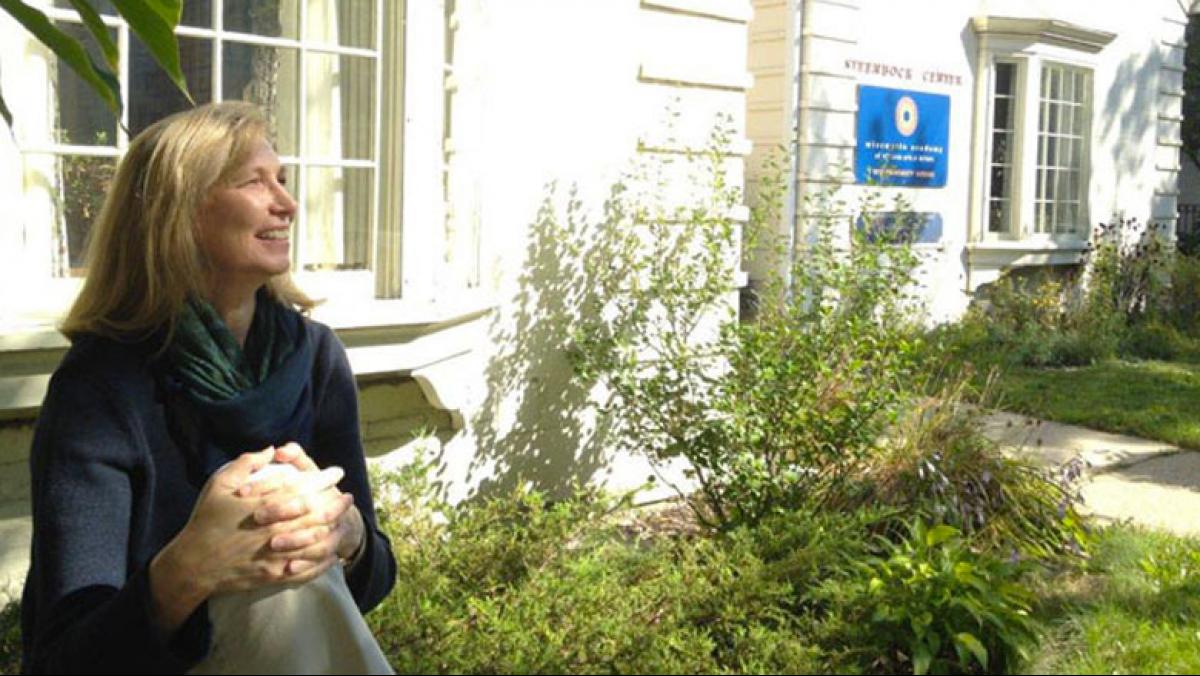Last year I had the pleasure of interviewing one of my favorite authors, Terry Tempest Williams. In preparation for our conversation, I read her compassionate meditation on how nature and humans both collide and connect, Finding Beauty in a Broken World (2008). The book uses mosaic as an integral theme. “Mosaic celebrates brokenness and the beauty of being brought together,” wrote Williams, as she describes how a village project to create a memorial for the Rwandan genocide served to rebuild relationships, trust, and hope, and to make something beautiful and transformative out of the fragments of destruction.
Williams’ story was essentially about how the arts can heal and help to build community. As therapists and trauma specialists know, the arts can help to heal wounded minds and bodies alike. But it doesn’t take a medical degree to know that the arts are essential to human growth. The arts feed the imagination, broaden our perspectives, deepen our understanding of the human condition, and help us express what words can fail to articulate.
So why has Wisconsin, which is ranked 48th in the U.S. for public arts funding, retreated from public investment in the arts?
Some say it’s an artifact of an immigrant culture of hard work and perseverance, a state of mind in which the arts are considered entertainment, and, as such, inessential to survival and productivity. Yet the arts make us more creative, and, I would argue, more productive, creatures. The arts foster entrepreneurial habits of mind, the kind that help us to create something from raw ideas. Innovation, which is such a buzzword these days, springs directly from imagination and creativity—it doesn’t just happen. And, then of course there is the obvious fact that arts jobs are real jobs, annually generating over a $130 billion of economic activity and supporting more than four million full-time employees across the U.S.
But in Wisconsin we can’t seem to let go of the stern notion that somehow there’s something frivolous or indulgent about feeding our creative spark.
So, when school budgets get cut, art and music classes are often first in line. Even in higher education, with major initiatives for STEM (Science, Technology, Engineering, and Math) education underway, arts advocates have to vigorously wave the banner for arts and fight to expand these initiatives to STEAM.
Arts help attract and retain young creative workers, and, in a state that is rapidly aging, that’s something to consider. Throughout Wisconsin, thriving communities embrace the arts—and the arts are one of the reasons they are thriving. But this positive synergy only happens when we invest in the arts. Like a well-tended garden, the arts need good soil as well as care and cultivation in order to grow. In turn, they nurture us and bring beauty into our lives.
When the National Endowment for the Arts established its creative place-making grant program in 2011, they sought to foster projects that created a fertile space for the arts to grow, projects that would work to “animate public and private spaces, rejuvenate structures and streetscapes, improve local business viability and public safety, and bring diverse people together to celebrate, inspire, and be inspired.”
It turns out that countless communities—of all sizes—throughout Wisconsin were already moving forward on these types of projects. For instance, the City of Eau Claire, UW–Eau Claire, and the Eau Claire Regional Arts Council are working together on the Confluence Project, a major regional arts center at the confluence of the Chippewa and Eau Claire Rivers. Fond du Lac, La Crosse, Sheboygan, Stevens Point, Stoughton, Superior, West Bend, and Wausau all have established or are considering arts and cultural districts in the effort to revitalize their downtowns and create a richer community atmosphere.
The jewels in the crown of Milwaukee’s lakefront are the Milwaukee Art Museum, Discovery World, and a growing gallery district in the Third Ward. Over the last decade Madison’s Overture Center and other cultural offerings around the Capitol Square have revivified an area that was once dark and lonely after work.
Rural communities throughout the state are establishing sculpture parks, art studio tours, and cultural festivals to attract residents and visitors from near and far (see page 8 of this issue for a good example of this). Urban and rural, the arts are bringing people together. This isn’t about frivolity or entertainment; it’s about building stronger communities in our state.
But some of the efforts to cultivate creativity and creative places in Wisconsin have been downright heroic. And, frankly, it shouldn’t have to be this hard.
Which brings us back to investment. Minnesota, which holds the number-one slot among the states for public arts spending, allocated $6.36 per capita for the arts in 2013. Wisconsin, on the other hand, was ranked last in the Midwest at 13 cents per capita. Surely, Wisconsin has as great a capacity as Minnesota to embrace the arts as an investment in our communities, our quality of life, and the imaginative potential of our children. In a world that needs creative problem-identifiers just as much as it needs creative problem-solvers, we’d be foolish not to do so. Don’t be shy in building—or demanding—a conversation about the value of the arts. A vibrant, resilient Wisconsin needs the arts—and it needs advocates for them, too.




